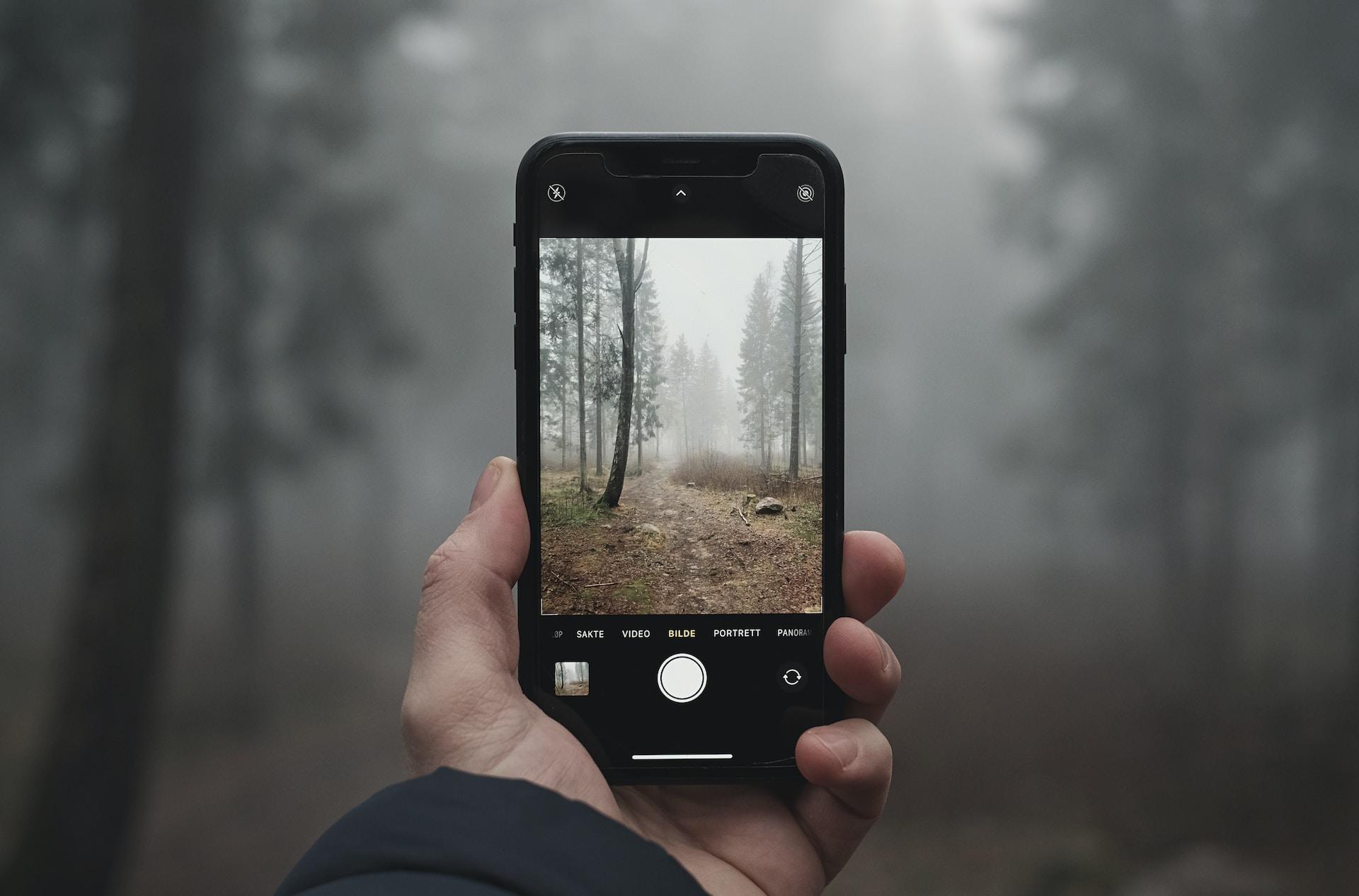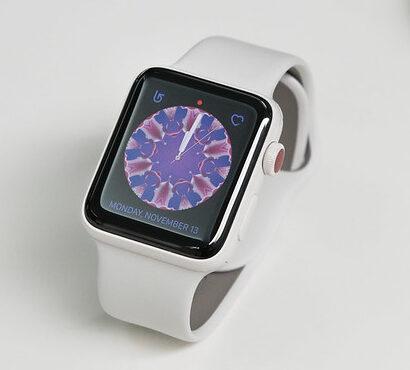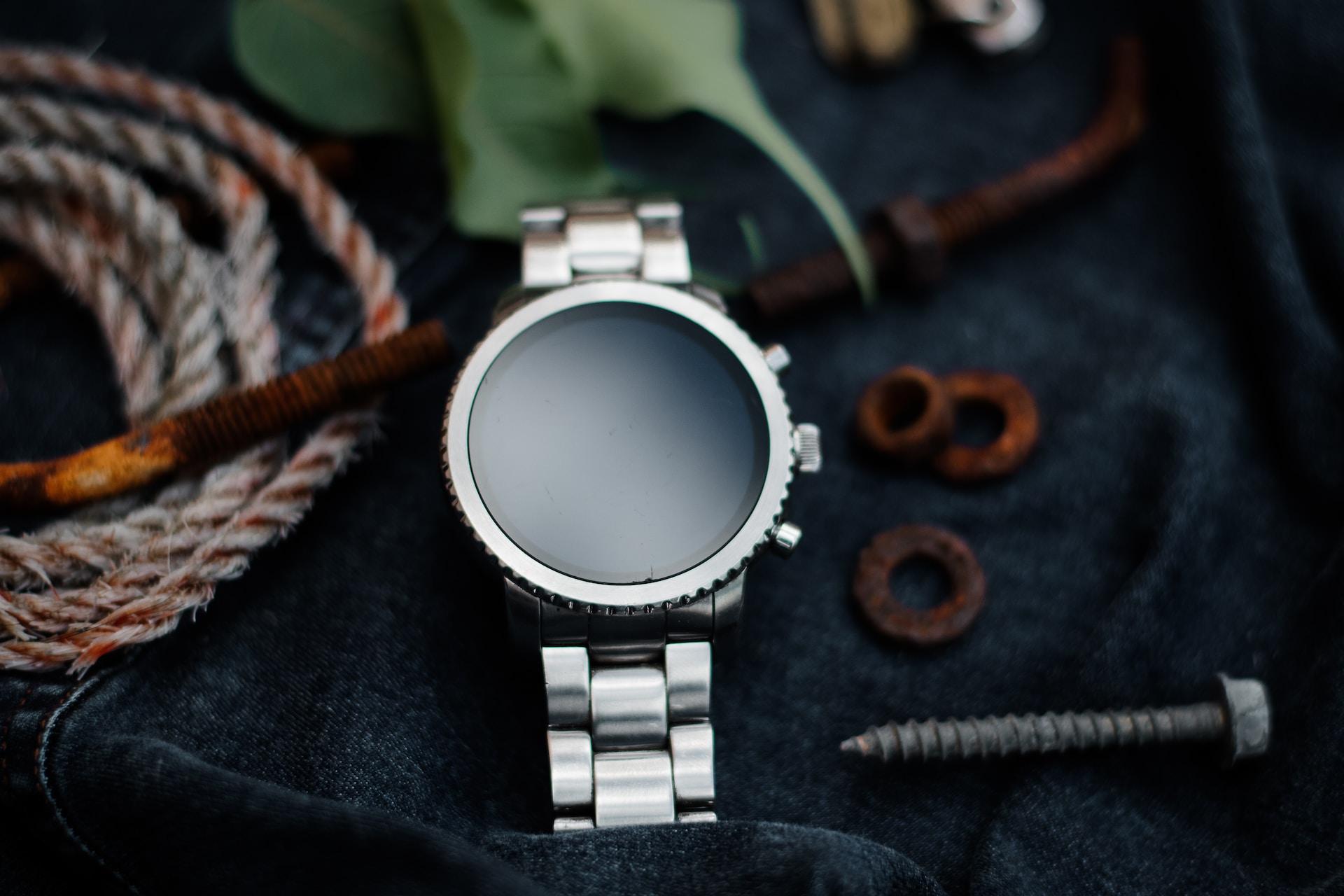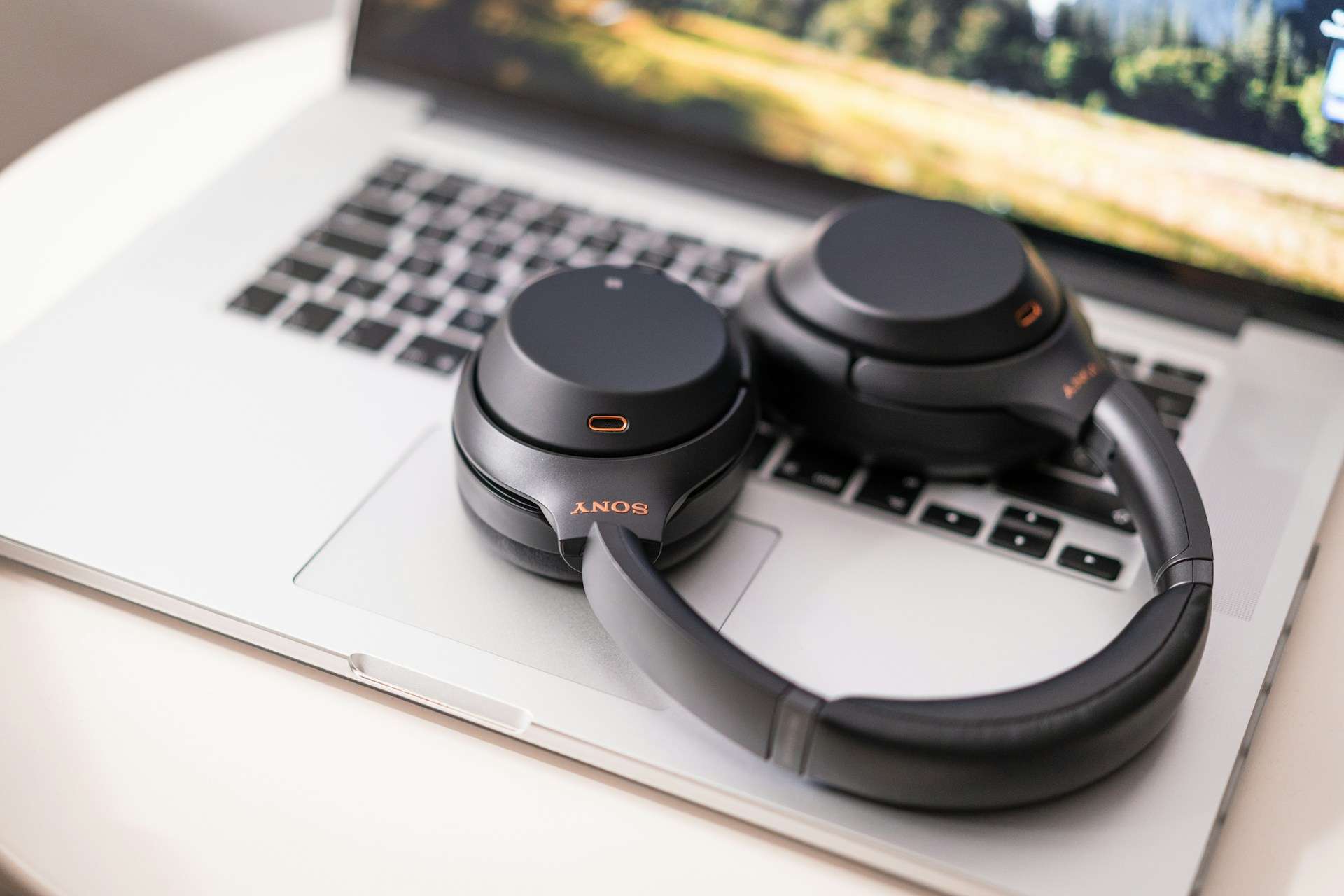In the ever-evolving world of iPhone photography, mastering the art of photo editing is crucial. Whether you’re a professional photographer or a casual snapper, there are times when you want to add that extra touch to your photos. One popular technique is blurring out specific parts of a picture to create a focal point or maintain privacy. In this comprehensive guide, we’ll walk you through the steps on how to blur out part of a picture on iPhone with precision, ensuring your photos stand out and grab attention.
Contents
- 1 Understanding the Basics of iPhone Photo Editing
- 2 Accessing the Photos App: The Gateway to Creativity
- 3 Step-by-Step Guide to How to Blur Out Part of a Picture on iPhone
- 4 Additional Tips for Optimal Results
- 5 Advanced Techniques for Pro-Level Edits
- 6 Troubleshooting Common Issues
- 7 Conclusion: Elevate Your iPhone Photography Game
- 8 FAQs
Understanding the Basics of iPhone Photo Editing
Before delving into the specifics of blurring, let’s briefly touch upon the basics of iPhone photo editing. The native Photos app on your iPhone is a powerful tool that allows you to enhance and modify your pictures effortlessly. From adjusting exposure to adding filters, this app provides a range of features for creative expression.
Accessing the Photos App: The Gateway to Creativity
To begin the journey of transforming your photos, locate and open the Photos app on your iPhone. This serves as the gateway to a plethora of editing options that can elevate the visual appeal of your pictures.
Step-by-Step Guide to How to Blur Out Part of a Picture on iPhone
Now, let’s get into the nitty-gritty of blurring out specific areas of your photos. Follow these precise steps for a seamless editing experience:
1. Selecting the Photo
Start by choosing the photo you wish to edit. Open the Photos app, navigate to the desired image, and tap on it to enter the editing mode.
2. Accessing the Edit Option
Look for the “Edit” button located at the top right corner of your screen. Tap on it to access a range of editing tools.
3. Utilizing the Markup Tool
Within the editing options, locate the Markup tool—an often overlooked gem for advanced editing. This tool allows you to annotate and manipulate images in various ways.
4. Applying the Blur Effect
Once in Markup, find the Blur tool. This tool enables you to blur specific parts of your photo with precision. Adjust the intensity of the blur to achieve the desired effect.
5. Defining the Area to Blur
Use your finger or stylus to trace the area you want to blur. The app intelligently recognizes the selected region, ensuring a clean and accurate blur application.
6. Fine-Tuning for Perfection
Take advantage of the fine-tuning options to refine the blurred area. Adjust the feathering and intensity until you achieve the ideal balance between focus and blur.
Read Now: How to Connect Samsung Earbuds to iPhone and Best Center Channel Speakers
Additional Tips for Optimal Results
To truly stand out in the realm of iPhone photo editing, consider these additional tips for optimal results:
1. Experiment with Different Blur Styles
Don’t limit yourself to standard blurs. Experiment with various blur styles—such as radial or linear blurs—to add a touch of creativity to your photos.
2. Combine Blurring with Other Editing Tools
Blend the art of blurring with other editing tools available in the Photos app. From adjusting contrast to adding filters, combining multiple techniques can result in truly unique and captivating images.
Advanced Techniques for Pro-Level Edits
Now, let’s explore some advanced techniques that can take your iPhone photo editing skills to the next level.
1. Selective Blurring for Artistic Effects
Instead of blurring the entire background, consider selectively blurring specific objects or people in the foreground. This technique adds depth to your photos and creates a professional, artistic look.
2. Mastering Portrait Mode for Natural Blurring
If you own a newer iPhone model equipped with Portrait mode, take advantage of this feature for natural background blurring. Portrait mode uses depth-sensing technology to automatically blur the background, giving your photos a DSLR-like quality.
Troubleshooting Common Issues
Even the most seasoned photographers encounter challenges in the editing process. Here are solutions to common issues faced during iPhone photo editing:
1. Blur Bleeding into Unintended Areas
If you notice the blur bleeding into unintended areas, use the eraser tool in the Markup menu to precisely remove the excess blur.
2. Preserving Image Quality
To maintain optimal image quality, avoid excessive blurring. Fine-tune the intensity to strike a balance between achieving the desired effect and preserving the clarity of your photo.
Conclusion: Elevate Your iPhone Photography Game
In conclusion, mastering the skill of blurring out specific parts of a picture on your iPhone opens up a world of creative possibilities. By following our detailed guide and experimenting with various editing tools, you’ll be well on your way to creating visually stunning photos that captivate your audience.
Read Now: How to Share a Spotify Playlist and Best Apple Watch Bands for Working Out
FAQs
- Can I use the blurring feature on any iPhone model?
- Yes, the blurring feature is available on most iPhone models. However, for the natural background blur, Portrait mode is primarily featured on newer iPhone models equipped with depth-sensing technology.
- Is blurring reversible in the Photos app?
- Absolutely. The blurring process in the Photos app is entirely reversible. You can revisit the editing mode, select the Markup tool, and make adjustments or remove the blur effect altogether.
- What should I do if the blur extends beyond the intended area?
- If the blur extends into unintended areas, use the eraser tool within the Markup menu. This allows for precise adjustments, ensuring the blur is applied only where you want it.
- Can I combine different blurring styles in one photo?
- Certainly. The Photos app offers flexibility in editing, allowing you to experiment with various blur styles. Feel free to combine radial, linear, or other blur styles to achieve a unique and personalized effect.
- How do I ensure the best image quality while applying blur?
- To maintain optimal image quality, avoid excessive blurring. Fine-tune the intensity using the Markup tool to strike a balance between achieving the desired effect and preserving the clarity of your photo.




